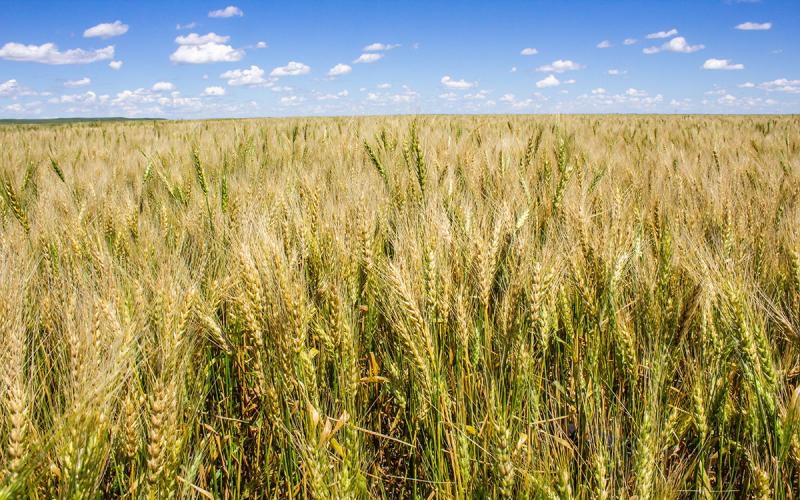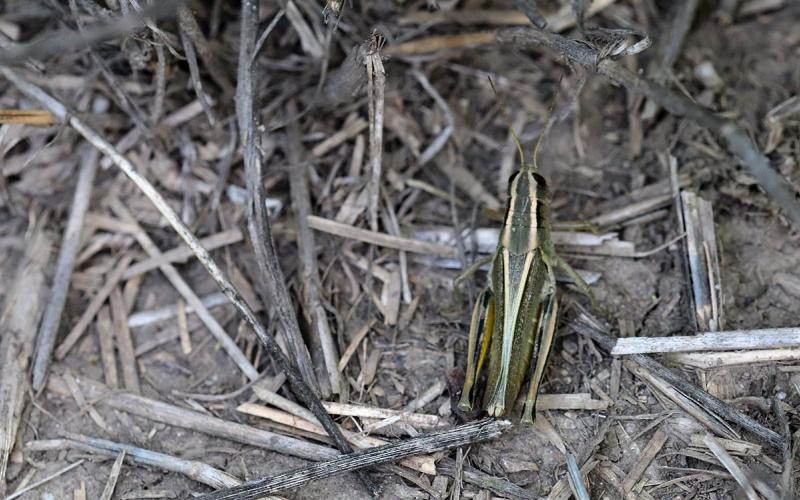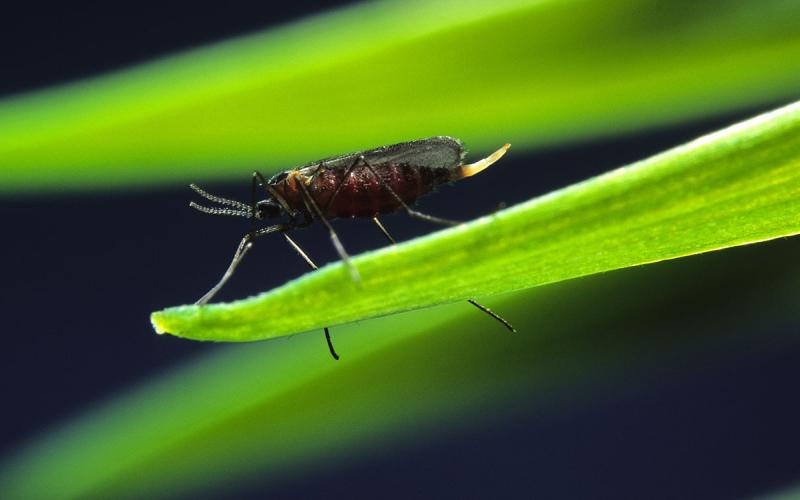Written collaboratively by Bob Fanning, SDSU Extension Plant Pathology Field Specialist and Brent Turnipseed.
Brent Turnipseed, Manager of the SDSU Seed Testing Laboratory, and author of Chapter 8, “Wheat Seed Testing, Pure Live Seed, and Seeding Rates” of “iGrow Wheat: Best Management Practices for Wheat Production”, states, optimizing wheat yields starts with selecting an appropriate variety with high seed quality. Critical and basic information provided by a seed testing laboratory includes the germination percentage, purity analysis (% pure seed, etc.), noxious weed seed examination, and a seed count (#/lb.).
To legally sell wheat seed in South Dakota, a standard test—following Association of Official Seed Analysts (AOSA) seed testing protocols, for germination, purity, and noxious weeds—is required. This standard analysis, plus a seed count provides information needed to determine the seeding rate. For example, the seeding rate for a seed lot with 85% germination requires more seed per acre than a seed lot that has a germination of near 98%. Seed count is not a required test, but crucial for planting purposes. Seed counts in wheat will vary from 10,000 seeds per pound to as many as 26,000 seeds per pound due to varietal differences and growing conditions.
Not having seed testing information puts the producers and their investment at risk. At a minimum, seedsmen and savvy producers will always have a germination test and a seed count performed, and will clean their seed lot prior to planting. It is always wise to know if the seed is worth cleaning before making that investment (cleaning and/or planting). Planting low quality seed can result in stand failures, over- or under-planting rates, or disease outbreaks.
Once you know the % of pure seed, the % germination, the seed count, and other important information from a seed test, you can calculate % pure live seed (PLS), the actual cost per bushel of PLS, and the seeding rate needed to attain a desired plant stand.
Besides seed count, which is not a required test to sell seed, additional tests include the electrophoresis test and the tetrazolium test. The electrophoresis test can determine the variety of a seed lot, and can be a critical test for assuring that the desired variety is planted. Both hard red spring (HRS) and hard red winter (HRW) wheat are grown in South Dakota, and planting HRS or HRW at the wrong time is a very costly mistake. The tetrazolium test is a rapid (24-48 hr.) chemical viability test which can be used to estimate germination. It cannot be used as a legal substitute for the germination test however.
Seed testing can also reveal seedborne diseases and/or seeds that have been adversely affected by diseases and may have poor germination percentage or produce seedlings with poor vigor.
For more information on seed testing, visit the SDSU Seed Testing Laboratory website.


